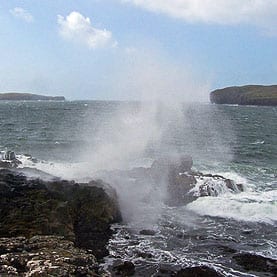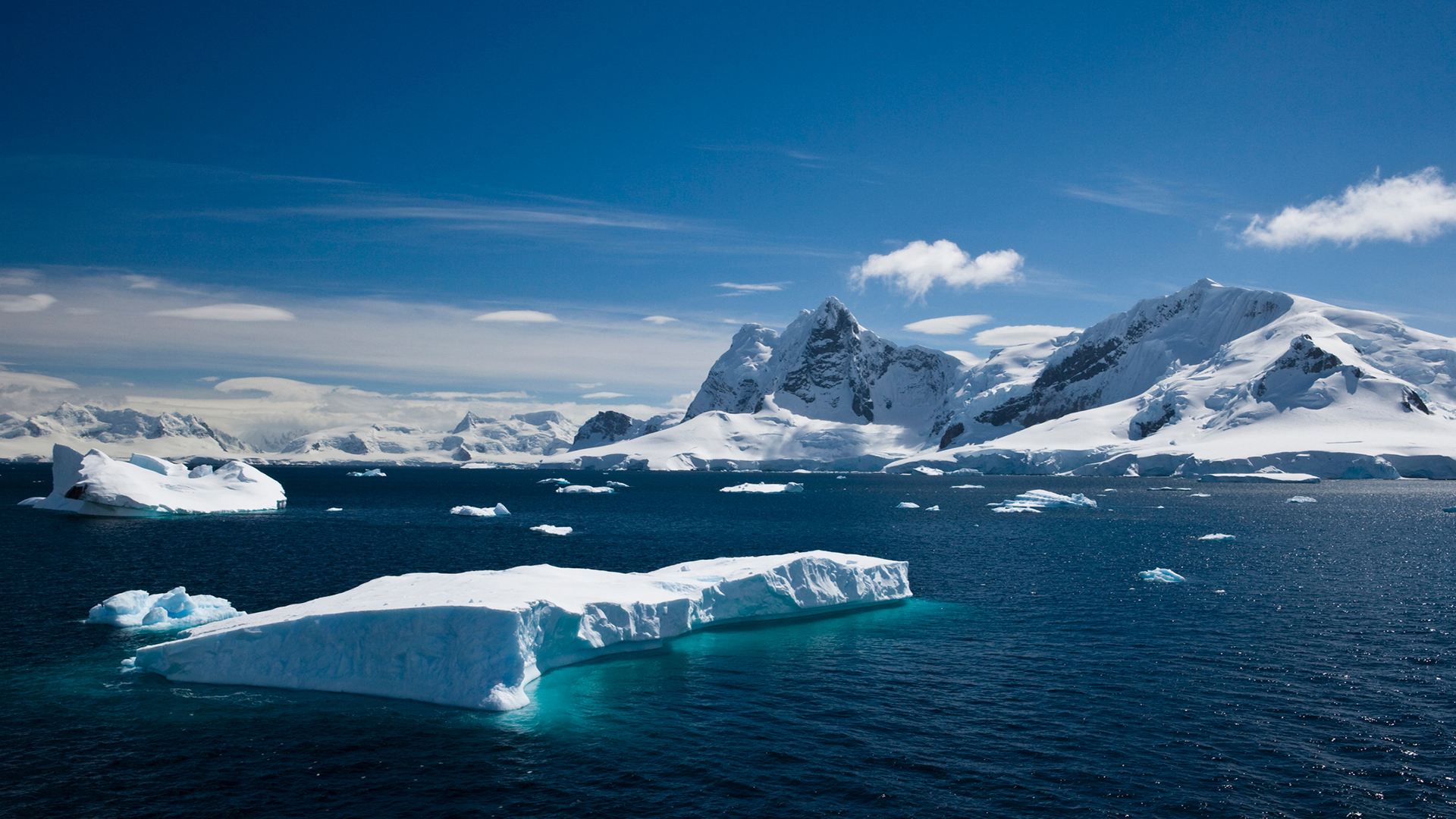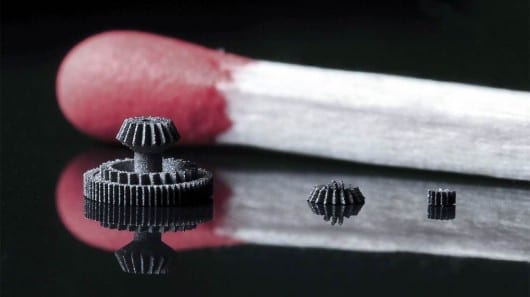
The geoengineering technique might have some unintended benefits, like more rainfall, but also consequences if ever interrupted
Researchers have wondered for years whether we will one day be able to re-engineer the planet and slow down, perhaps even pause, global warming. A recent study out of Norway is now the first to describe how that might be done.
There are many ways to try and climate engineer the planet, but many of them are so far-fetched that scientists aren’t sure if they would even be physically possible, let alone physically successful. Sea-salt climate engineering (SSCE) might be the most low-tech, and plausible, possibility.
In such a situation, specially designed unmanned boats would plow the seas, spraying salt water into the air. The water would evaporate and leave behind sea-salt particles, which may be lifted into the clouds, increasing their albedo, or reflecting power.
A study released last month in the Journal of Geophysical Research: Atmospheresused three different models to run the same SSCE scenario in which sea-salt engineering was used in the low-latitude oceans to keep top-of-atmosphere radiative forcing at the 2020 level for 50 years and was then abruptly turned off for 20 years.
It is widely believed to be the first study to use multiple models to determine the effects of a specific geoengineering experiment — most past experiments simply assume radiative forcing has been reduced, and model the effects, rather than applying a specific experiment — and it had one noticeable unexpected result.
Many past studies have determined that geoengineering experiments, while keeping the planet cool, also can disrupt the Earth’s hydrological cycle to dangerous degrees (ClimateWire, Nov. 6). The SSCE study found that sea-salt engineering, while reducing precipitation over low-latitude oceans, also increased precipitation over low-latitude land regions.
Jón Egill Kristjánsson, a meteorologist at the University of Oslo and a co-author of the study, said he was surprised by that result.
“That’s distinctly different from the simpler simulations where you just turn down the solar constant, which has been done in many studies,” he said.
As the logic — and science — goes, a cooler, geoengineered planet means less evaporation, and thus less rainfall. But Kristjánsson said their result could be explained by a monsoon circulation that shifts to land when only ocean areas get cooled down.
“It’s an interesting result, and all three models agree on that [result],” he said.
“We try to simulate in a more physically realistic manner — to the extent one can use such a term at this stage,” he added. “Right now, it’s all science fiction.”
The Latest on: Feasible Geoengineering
[google_news title=”” keyword=”Feasible Geoengineering” num_posts=”10″ blurb_length=”0″ show_thumb=”left”]
via Google News
The Latest on: Feasible Geoengineering
- Can Diverting the Mississippi River Save the Drought-Stricken West? 5 Better Alternativeson April 24, 2024 at 10:30 am
In case you missed it, the American Southwest has been going through a drought for the past 24 years. Tree ring and geologic data show it is the worst drought in the region for 1200 years! Lake Mead ...
- Physicist warns Starlink satellites risk stripping Earth's atmosphereon April 17, 2024 at 5:00 pm
There are 5,504 Starlink satellites now in orbit, as of the last estimate by astronomers this March, of which 5,442 are operational. But tens of thousands more are planned. Particles from these ...
- Can we engineer our way out of the climate crisis – or is it risky to even try?on April 14, 2024 at 11:00 pm
Some in this techno-fix brigade even support risky forms of “geoengineering” including scrambling weather ... that CCS [carbon capture and storage] is technologically feasible and could play a ...
via Bing News










